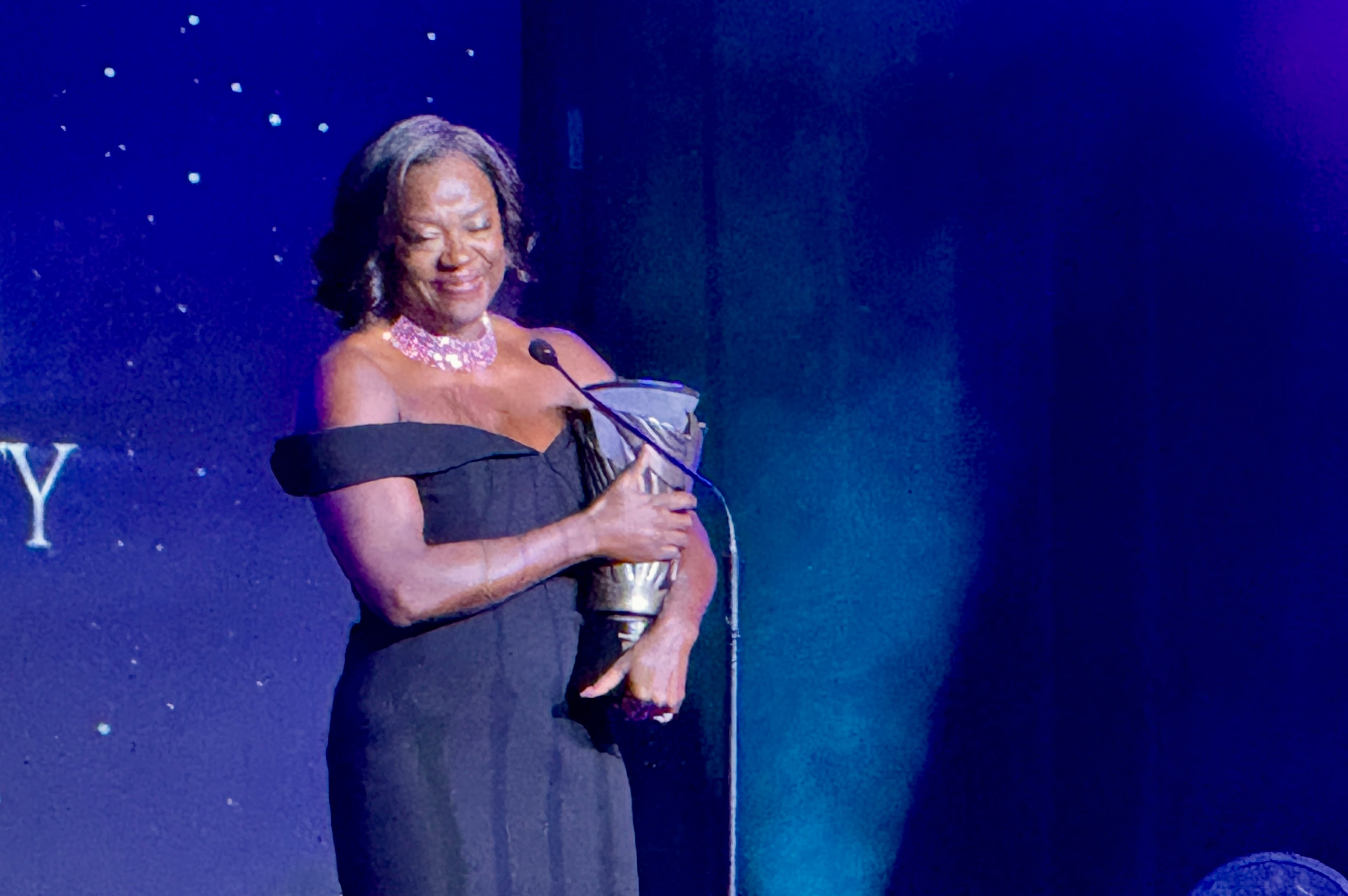MARTA transit plan includes 21 miles of light rail
MARTA and Atlanta have proposed building 21 miles of light rail lines and other transit improvements with the proceeds of a sales tax approved by city voters in 2016.
But it's not enough for advocates of the Atlanta Beltline, who say the project is getting shortchanged.
The list of projects recommended by the city and MARTA - obtained by The Atlanta Journal-Constitution - includes the Clifton Corridor light rail line, plus a system of other rail lines snaking through downtown and along Campbellton Road in southwest Atlanta.

It also includes 18 miles of bus rapid transit lines, other new bus routes, two new transit centers and renovation of a slew of existing stations.
But the proposal includes only a third of the light rail envisioned for the Beltline loop. Also missing from the list: A heavy rail extension along I-20 west, several other light rail lines and a bus rapid transit route along I-20 east.
‘It’s not enough’
Ryan Gravel, the urban planner who dreamed up the Beltline, said completing the full loop should take precedence over the Clifton Corridor.
“The short answer is, it’s not enough,” Gravel said of the project list. “It’s pretty frustrating that they’ve made all these promises all these years and this is all they’ve got. It’s like they don’t feel any sense of obligation.”
The Beltline is a proposed 22-mile loop of trails and parks connecting Atlanta neighborhoods. Its vision includes economic development, affordable housing, public art and other amenities. Eventually, it also would include public transportation.
MARTA Board Chairman Robbie Ashe said the $2.5 billion expected to be generated by the new sales tax over 40 years is not enough to pay for all of Atlanta's transit needs, even with federal matching funds. He said MARTA will continue to seek other funding sources.
“This is an attempt by the staff to best reflect the [transit] priorities in an equitable fashion and maximize the return on investment from the finite dollars we have,” Ashe said.
In 2016, Atlanta voters overwhelmingly approved a half-penny sales tax for transit expansion in the city. MARTA presented a menu of potential projects – but not a final list – before the vote.
Since then, employees have evaluated dozens of potential projects that would cost a combined $11.5 billion. The proposed final list includes:
- The four-mile Clifton Corridor light rail line from MARTA's Lindbergh station to the Emory University/Centers for Disease Control and Prevention area recently annexed by Atlanta.
- A light rail system stretching from the Clifton Corridor to Campbelltown Road in southwest Atlanta. The network includes the northeast and southwest portions of the proposed Beltline Loop, plus a connecting link through downtown along the existing Atlanta Streetcar route. The streetcar would become part of the light rail network.
- Bus rapid transit lines on Capitol Avenue, North Avenue and Northside Drive. MARTA also would initially deploy bus rapid transit along Campbellton Road before upgrading the line to light rail. The buses may operate in their own lanes, making the service faster than local bus service.
- Three arterial rapid transit bus lines, which would operate in regular traffic but may get priority at traffic signals and other enhancements to keep them moving.
- New bus transfer centers at Greenbriar Mall in southwest Atlanta and Marietta Boulevard in northwest Atlanta, plus numerous enhancements to existing MARTA rail stations.
Representatives of Atlanta Mayor Keisha Lance Bottoms did not respond to a request for comment.

Metro Atlanta Chamber Vice President Dave Williams welcomed the project list.
“It advances key projects across the entire city in a very smart, balanced way,” Williams said. “We’re especially encouraged about the improvements in local bus transit, and new bus rapid transit and arterial rapid transit.”
Emory jumps ahead
The proposal includes seven miles of the Beltline Loop around the city. One proposed section of light rail stretches three miles from Lindbergh Station to Ponce City Market; the other runs four miles near Oakland City Station.
Eric Goldberg, who lives in Inman Park close the Eastside Trail, noted the Emory area wasn’t even a part of Atlanta when voters approved the transit sales tax. He thinks the Clifton Corridor is important – but not as important as the Beltline.
“I think it’s a good start,” he said of the project list, but added, “I don’t think Emory should be able to jump the line.”
The Clifton Corridor would use the biggest share of the $2.5 billion in sales tax revenue: nearly $504 million, including construction, operation and maintenance costs. All the light rail lines combined - including the Clifton Corridor - account for about $1.5 billion.
Other major costs include $210 million for local bus route improvements – most of which have already been implemented – and $100 million to operate the streetcar. MARTA will take over the troubled line from the city this summer.
The new transit lines will need federal funding, and the financial projections assume a 50 percent federal match. Many of the projects must still undergo environmental reviews, so the details – including whether and where the new transit lines operate in their own lanes or in general traffic – could change.
The proposed list will get public hearings this summer before a final list goes to the MARTA Board for approval in September. Ashe said the list could change before final approval. But he stressed the amount of work involved in getting this far – suggesting it may not change much.
“While I recognize this isn’t everything everyone wants, we think it’s a strong kick-start to the goal of transit on the Beltline as well as other important transit corridors,” he said.



